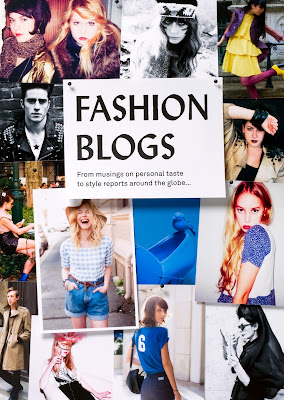This reading on film cultures was quite simple and more of a comparative case study done between films introducing the concepts of downfall and development.
From Oligopolies to Conglomerates - The Change
Soon there was a change from the number of oligopolies, where only certain studios were in the high position, soon had a vertical integration with a few other companies moving from the oligopolies to the conglomerates. This lead to the options of block booking of the studios.The majors started to slowly collect films and release them, rather than producing their own films.
Under the 'laissez-faire', the economic policies also helped in merging of conglomerates. Soon after the vertical integration there was a wave of 'horizontal integration' which lead to aligning complementary businesses alongside the production unit. To earn a global perspective and interest towards the films developed, they joined hands with most of its global partners to reinforce a sense of control on a nationwide run.
There is also a brief on the industry labor practices, by introducing three different ideas.
- Outsourcing of labor
- Runaway productions
- Concentration of creative and intellectual control
Films and new technologies:
Film technology seems to rely on the new technologies to market their products by spreading DVD's
instead of video tapes and minimizing the work load and offering more choice. He explains how we can market music videos and films before releasing it to a wider audience, spreading it to niche audience. This is a strategy in selling the goods before releasing them.
Overall a good read to understand more about how films and film studies work.
London: Pearson, pp415-431)







